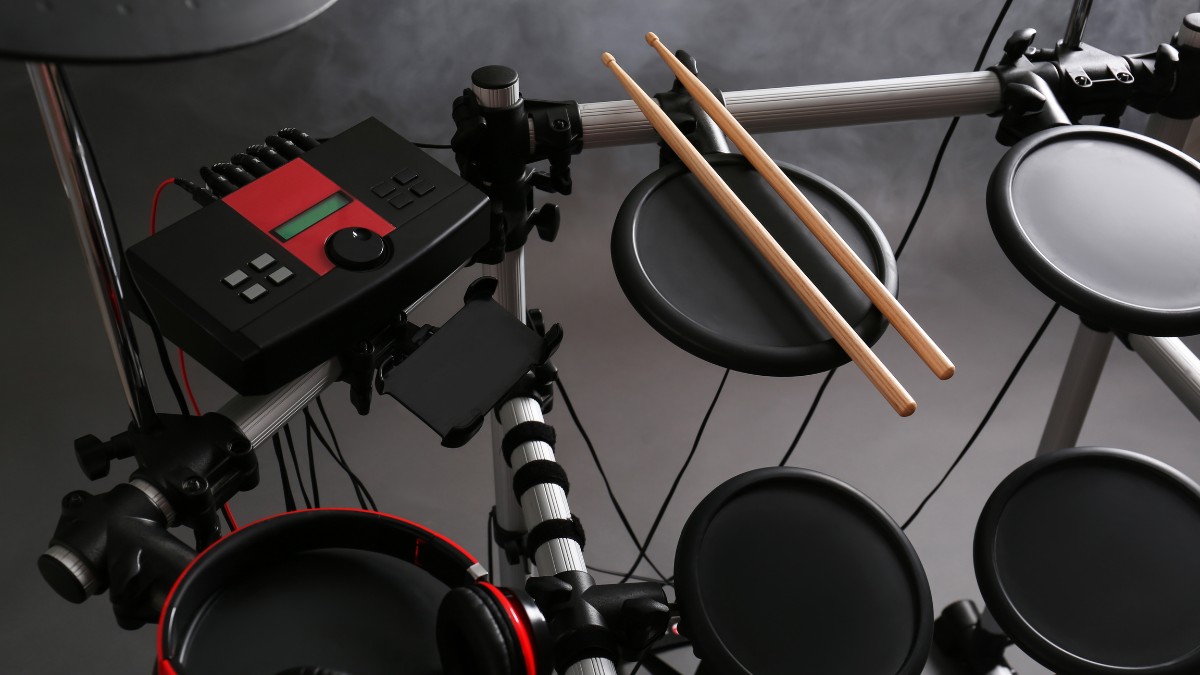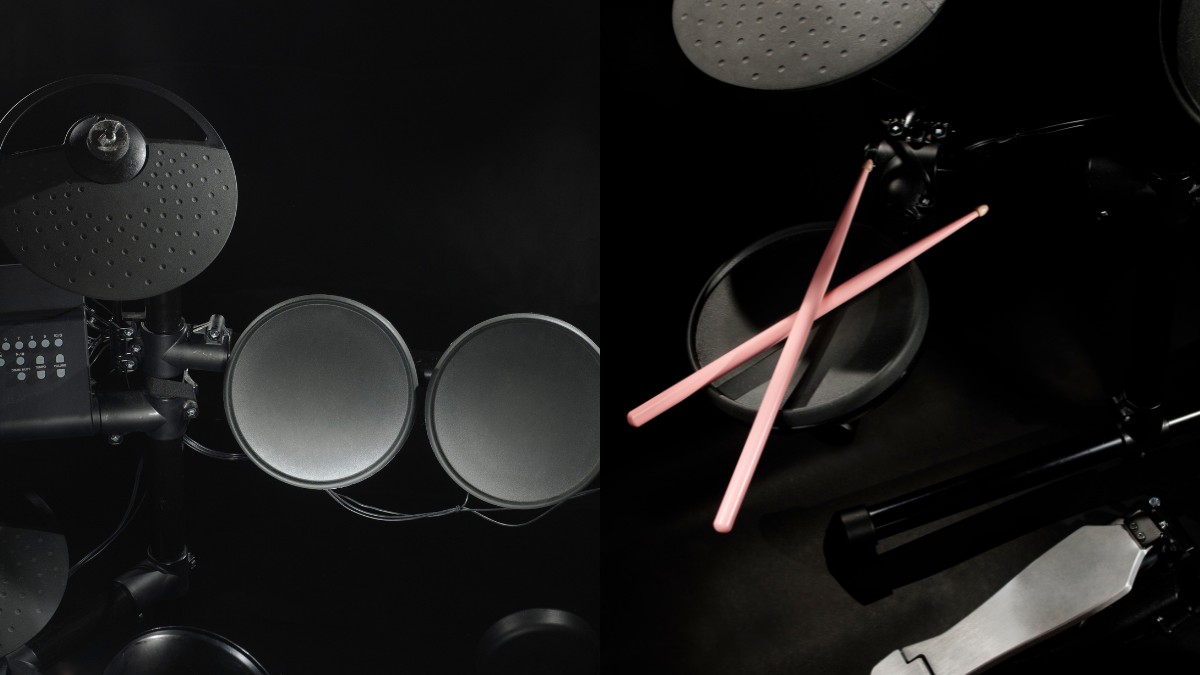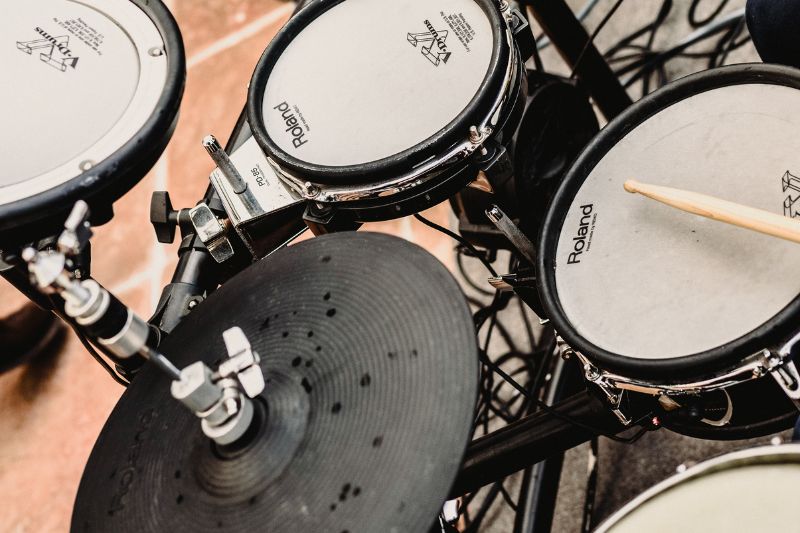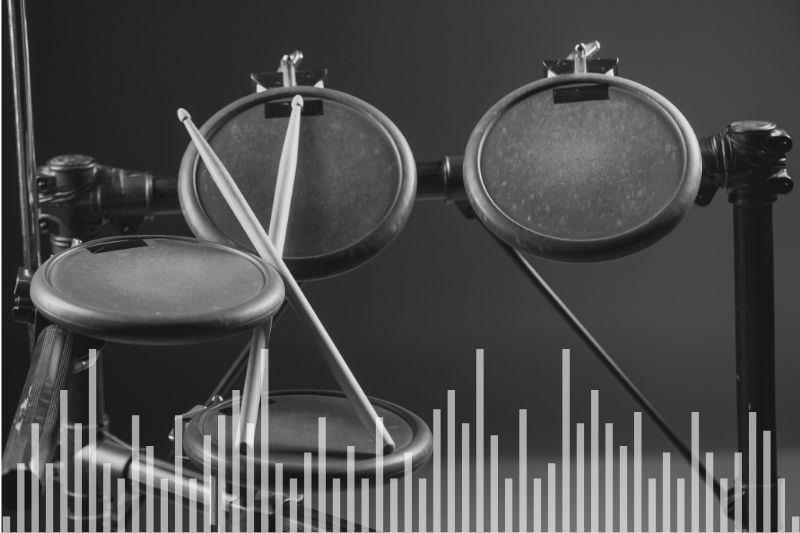Do Electronic Drums Feel Like Acoustic Drum Sets?
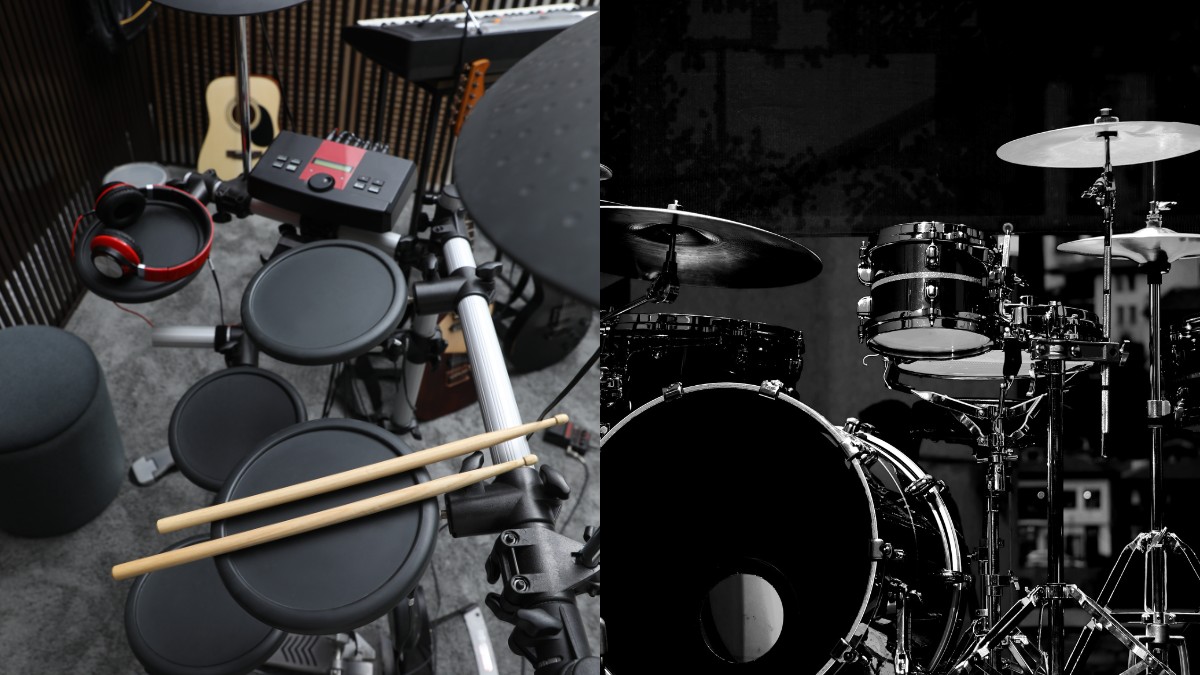
Electronic drums can fairly closely mimic the feel of acoustic drum sets, but there are some significant differences in playability and tactile response. In this article, we will explore the comparison of feel and playability between electronic and acoustic drums, the versatility and customization options available with electronic drums, and practical considerations such as space and portability.
Contents
1. Comparison of Feel and Playability
Electronic drums do not provide the same level of dynamic range and nuanced playing as acoustic drums, and the sound produced can feel more electronic or processed. Rebound, stick response, dynamic range, and overtones are just some of the areas where electronic drums do not feel like acoustic drum sets.
- Rebound and stick response: Electronic drums may not provide the same level of dynamic range and nuanced playing as acoustic drums. The rubber or mesh pads used in electronic drums can feel different than traditional drumheads, which can affect the playing experience.
- Overtones: Acoustic drums have overtones that can affect the feel of playing, and the way that the drum resonates can impact the overall sound. Electronic drums do not have this characteristic and can feel less natural as a result, even though technology is getting a lot better in this area.
- Cymbals: electronic cymbals do not vibrate and sustain like acoustic cymbals, which can affect how they feel to play. They may also have a more synthetic sound than traditional cymbals.
- Sound: Electronic drums produce a different type of sound than acoustic drums, which can affect how they feel to play. The sound is often described as more “electronic” or “processed” than the natural acoustic sound of traditional drums.
However, technological advancements have allowed electronic drums to simulate the feel of acoustic drums more closely. Manufacturers now design electronic drum pads to mimic the response and feel of acoustic drums, with some examples including Roland V-Drums, which feature mesh heads that can be tensioned like real drumheads.
2. Versatility and Customization
Electronic drums offer more versatility and customization options compared to acoustic drums. Some of the advantages include:
Electronic drums offer more versatility and customization options compared to acoustic drums. Some of the advantages include:
- Various sound options: Different drum kits, percussion instruments, and sound effects can be easily accessed and used. This allows drummers to experiment with various musical styles and genres without needing to change their entire drum set.
- Easy volume control: Electronic drums allow for easy volume adjustment and headphone use, making them more suitable for certain environments, such as practicing at home or in shared spaces.
- Customization possibilities: Drummers can create custom kits, adjust pad sensitivity, and modify sound settings to achieve a more personalized feel. This can help drummers develop their unique playing style.
3. The Technology is Improving
As technology continues to advance, electronic drums are becoming increasingly sophisticated and more similar in feel to acoustic drums. Some examples of these advancements include:
- Improved sensors: More accurate and responsive sensors are being developed, allowing for better dynamic response and a more realistic playing experience.
- High-quality samples: Electronic drum modules now come with high-quality drum samples that closely resemble the sound of acoustic drums, making the playing experience more authentic.
- Advanced mesh heads: Electronic drum pads with mesh heads can be tensioned like real drumheads, providing a more natural feel.
4. Practical Considerations
When choosing between electronic and acoustic drums, it’s essential to consider practical factors such as space and portability. Electronic drums generally require less space and are easier to transport than acoustic drums, which can influence the overall feel and experience of playing.
- Space: Electronic drums generally require less space and can be easily set up in smaller rooms or apartments. This can make them a more attractive option for those with limited space for a full acoustic drum set.
- Portability: Electronic drum sets are typically lighter and more compact than acoustic drums, making them easier to transport to gigs, rehearsals, or other locations. This can be especially beneficial for drummers who need to move their equipment frequently.
- Maintenance: Electronic drums tend to require less maintenance than acoustic drums, as they do not have the same tuning and head replacement needs. This can save time and money in the long run.
Conclusion
In summary, electronic drums can closely mimic the feel of acoustic drums, but there are still some differences in playability and tactile response. The choice between electronic and acoustic drums ultimately depends on individual preferences, needs, and circumstances.
Technological advancements have brought electronic drums closer to the feel and sound of acoustic drums, while offering advantages in versatility, customization, and practicality. It is recommended that drummers try out both types of drums to determine which one best suits their personal preferences and musical goals.

